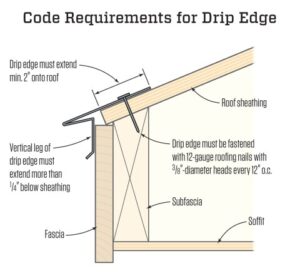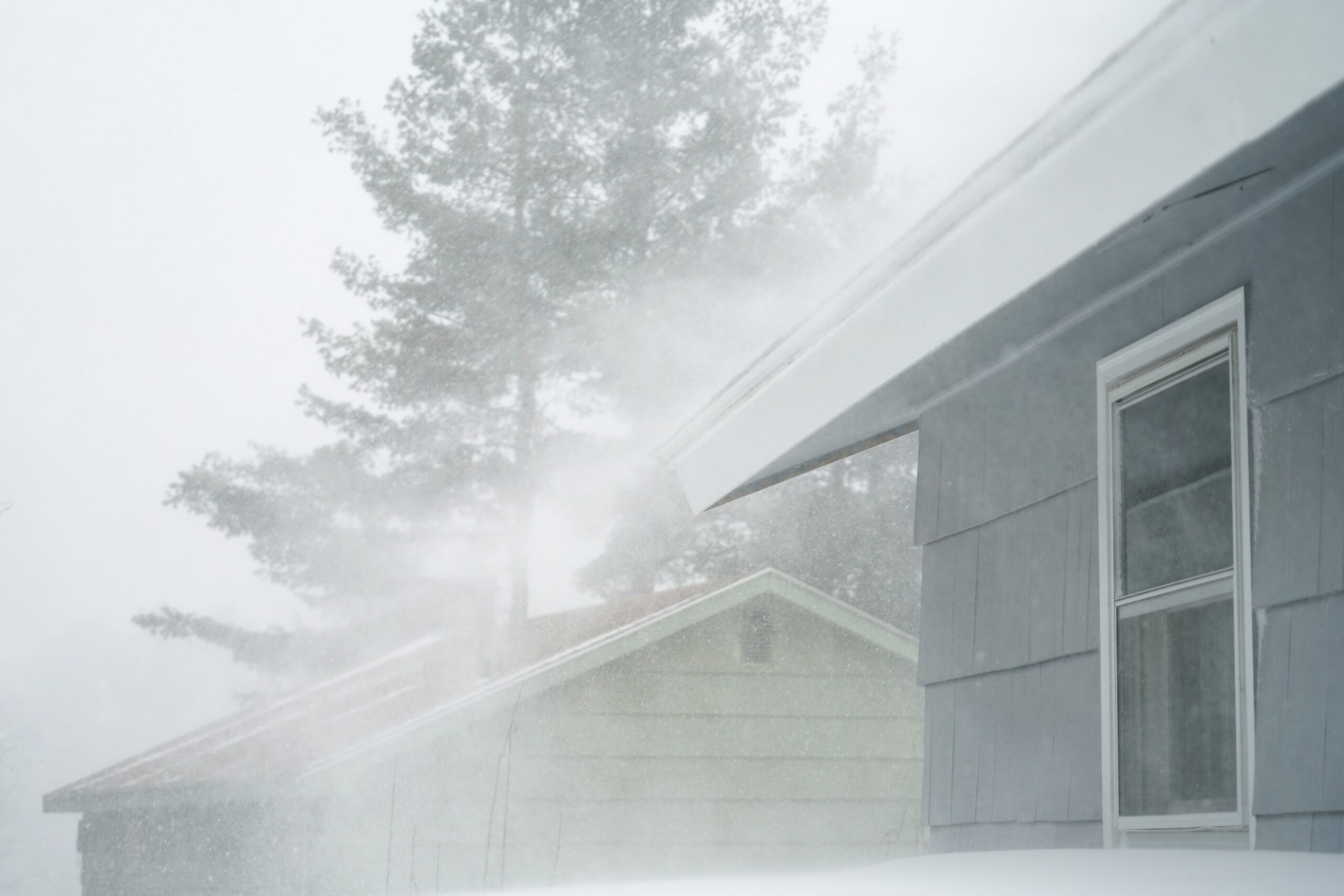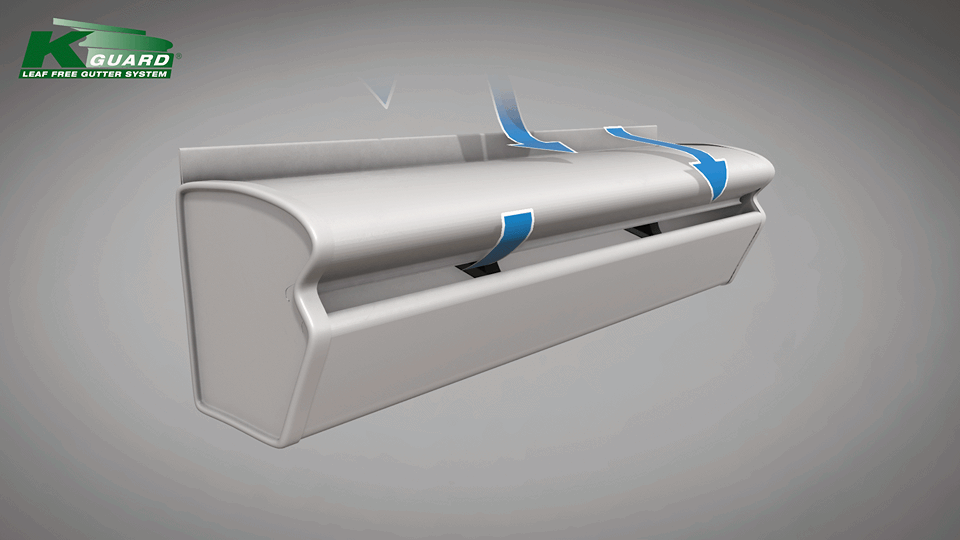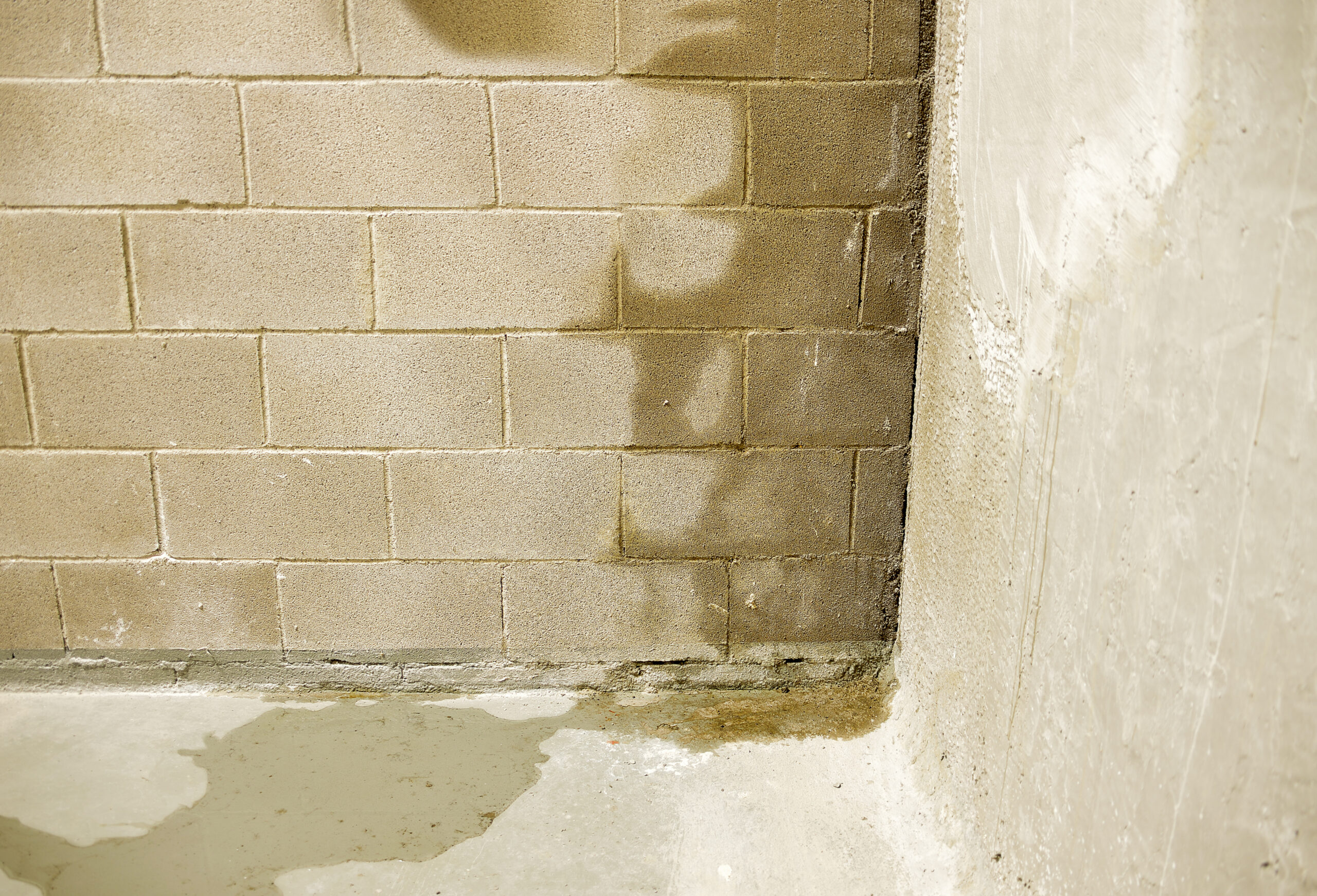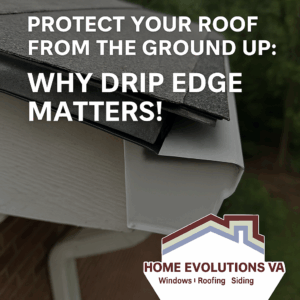
When most homeowners think about their roofs, they usually focus on shingles, flashing, or maybe even attic ventilation. But one of the most overlooked — yet incredibly important — components of a properly installed roofing system is the drip edge. It might seem like a small piece of metal, but its role in protecting your home from water damage is massive.
In this post, we’ll explore what drip edge is, why it’s essential, how it works, and what can go wrong without it. Whether you’re a homeowner planning a new roof or a contractor educating clients, understanding drip edge is a must.
What Is a Drip Edge?
A drip edge is a metal flashing installed at the edges of your roof to direct water away from the fascia and into the gutters. It’s typically L-shaped or T-shaped and made from aluminum, galvanized steel, or copper. Drip edge is installed along the eaves and rakes (the sloped edges of the roof) before the underlayment and shingles are laid.
This simple yet critical component prevents water from wicking back under the roofing materials, a problem that can lead to major structural damage over time.
The Primary Functions of Drip Edge
1. Directing Water Into Gutters
Drip edge ensures that rainwater flows directly off the roof into your gutters — not behind them. Without it, water can slip underneath shingles and the underlayment, rotting the decking and fascia.
2. Preventing Water Damage
It shields the edges of your roof from water infiltration. Wind-driven rain can easily find its way under shingles at the edge if a drip edge isn’t present or properly installed.
3. Protecting the Fascia Board
Fascia boards (the vertical boards behind the gutters) are typically made of wood, which is highly susceptible to water damage. Drip edge directs water away from this vulnerable area.
4. Preventing Pest Intrusion
When there’s a gap between the roof deck and fascia, small animals, insects, or birds can find a way into your attic. Drip edge covers that gap, helping to keep pests out.
5. Improving Roof Longevity
By directing water properly and protecting vulnerable roof areas, drip edge extends the lifespan of your roof and helps maintain the structural integrity of your home.
Building Code Requirements
Drip edge used to be optional in some areas, but modern building codes have caught up. For example, the International Residential Code (IRC) now requires drip edge installation for all shingle roofs.
Here’s what the IRC states:
-
Drip edge must be installed at eaves and gables.
-
It must extend at least 2 inches onto the roof deck.
-
Underlayment must be installed over the drip edge at the eaves and under the drip edge at the rake.
If you’re replacing or repairing a roof, check local building codes to ensure compliance — and work with contractors who follow them.
What Happens Without Drip Edge?
Many homeowners don’t realize the importance of drip edge until they experience the costly consequences of going without it:
1. Rotten Fascia and Soffits
Without proper water diversion, wood fascia and soffit boards can rot, leading to sagging gutters and expensive repairs.
2. Mold and Mildew Growth
Water that infiltrates the roof deck can soak insulation and create the perfect environment for mold and mildew, which can affect indoor air quality and health.
3. Ice Dams and Freeze Damage
In colder climates, the absence of a drip edge can make roofs more vulnerable to ice dams. Melting snow refreezes at the roof’s edge, causing water to back up under shingles and into your home.
4. Premature Shingle Deterioration
Shingles exposed to water running beneath them may crack, curl, or lift over time, reducing your roof’s effectiveness and shortening its lifespan.
Drip Edge Materials and Styles
Drip edge flashing comes in several materials and profiles, depending on aesthetic preferences and performance needs.
Materials
-
Aluminum: Lightweight, rust-resistant, and widely used.
-
Galvanized Steel: Strong and durable but may rust over time without proper coating.
-
Copper: Expensive, but long-lasting and beautiful for high-end homes.
Styles
-
Type C (Standard L-shape): Most commonly used, simple and effective.
-
Type D (T-style): Also known as “D-metal,” offers enhanced protection by extending further away from the roof edge.
-
Type F (Gutter Apron): Typically used when replacing old drip edge or retrofitting gutters.
Each style has its application, but the key is proper installation.
Best Practices for Installation
Correct installation is just as important as the material used. Here’s what professionals do:
-
Install Along the Eaves First: Drip edge is laid before the underlayment to create a watertight barrier.
-
Place Under the Rake: At the gable ends, the underlayment goes underneath the drip edge for wind-driven rain protection.
-
Use Roofing Nails: Drip edge should be nailed every 8–10 inches to hold it firmly in place.
-
Overlap Sections: Each section of drip edge should overlap the previous one by about 2 inches.
-
Seal Seams and Corners: Use roofing cement or sealant where needed to ensure complete protection.
Homeowners should hire licensed roofing contractors who understand and follow these practices.
Common Mistakes to Avoid
Even well-intentioned roofers can make mistakes. Watch out for these issues:
-
Drip edge installed on top of underlayment (at the eaves): This can trap water under the metal, rather than deflecting it.
-
Not using any drip edge at all: Still surprisingly common in DIY installations or unprofessional roofing jobs.
-
Poor overlaps or gaps: This creates entry points for water.
-
Using the wrong type of drip edge for your roof pitch or gutter system.
If you’re unsure whether your roof has a properly installed drip edge, a roofing inspection can help.
Why It’s Worth the Investment
Adding or replacing drip edge costs very little in comparison to the damage it can prevent. It’s a one-time installation that works silently behind the scenes, preserving your roof, walls, insulation, and indoor air quality.
Here’s what makes it a smart investment:
-
Affordable: Costs are relatively low compared to other roof components.
-
Low Maintenance: Once installed properly, it rarely needs attention.
-
Energy Efficiency: By preventing moisture intrusion, it supports insulation performance.
-
Peace of Mind: Knowing your roof has complete protection is invaluable.
Final Thoughts
Drip edge might not be flashy or exciting, but it plays a foundational role in keeping your home safe, dry, and structurally sound. Whether you’re building new, replacing your roof, or just doing some research as a homeowner, never underestimate the value of this unassuming strip of metal.
At Home Evolutions VA, we understand that great roofing is all about the details — and that includes proper drip edge installation. Our commitment to craftsmanship ensures every component of your roof is built to last.
Ready to protect your home from the edge up?
Contact us today for a free roofing consultation or inspection — and let’s make sure your roof is doing all it can to protect your investment.

